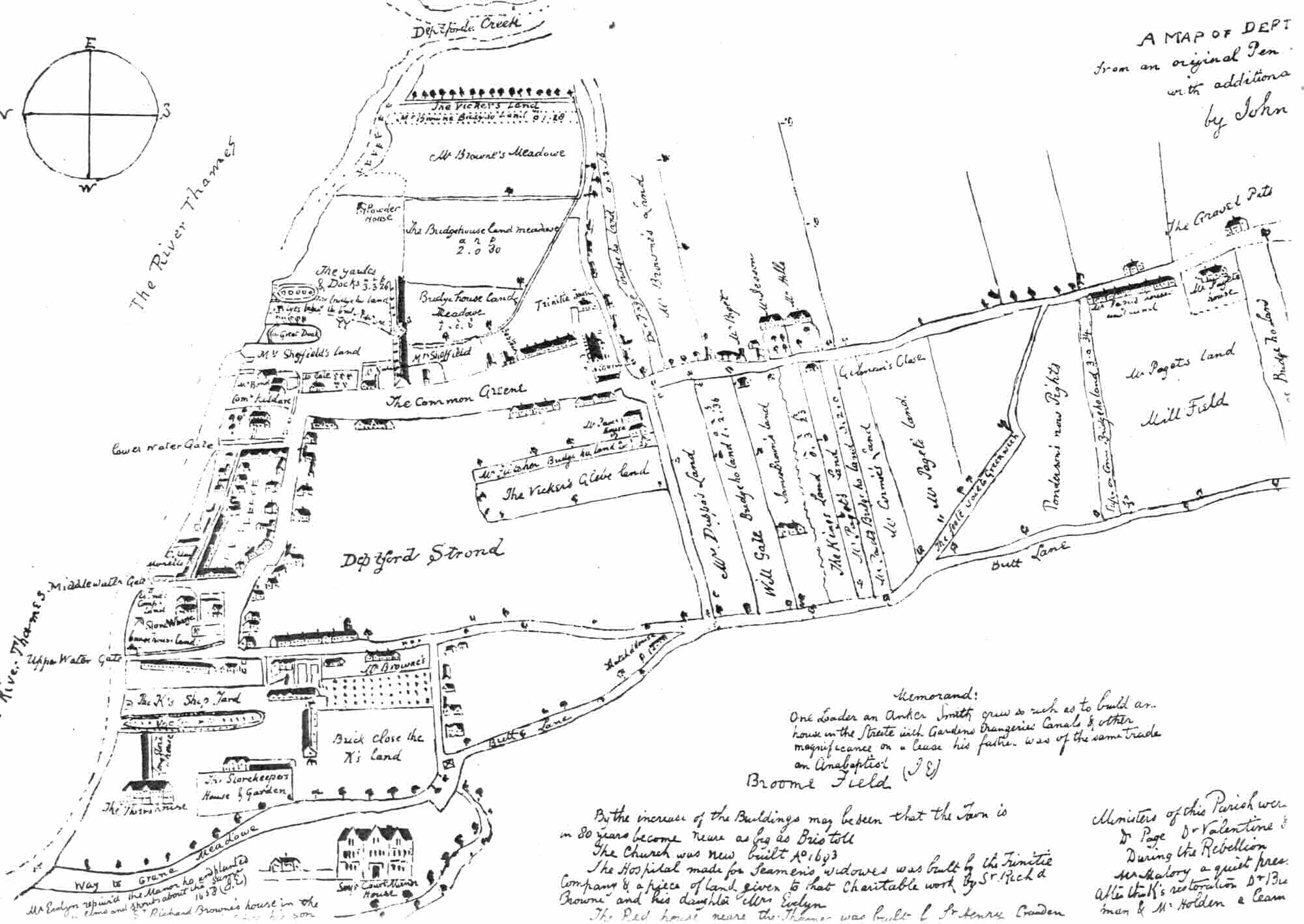 |
| Source: South-East Queensland cemeteries photo collection |
- researching the subject's siblings or other relatives;
- searching outside the geographical area where the subject lived.
A friend of mine is interested in descendants of Walter and Elsie CHATTERTON, who lived in England. A family tree on Ancestry suggests that they had a son, Reginald Walter CHATTERTON, who went to Australia. My friend was not able to contact the owner of that tree. This is how I helped her to find out more about the family.
- FreeBMD:
- Marriage: Reginald W. CHATTERTON and Doris A. MUNNINGS, Dec qtr 1940
- Birth: David M. CHATTERTON, mother MANNINGS, Mar qtr 1943
- Birth: Colin M. CHATTERTON, mother MUNNINGS, Sep qtr 1945
- Birth: Johannes CHATTERTON, mother NUNNINGS, Dec qtr 1946
- Birth: Maria CHATTERTON, mother MUNNINGS, Jun qtr 1948
I found three of those entries easily, but variation in the spelling of the mother's surname meant that I only found the other two after seeing the names in the shipping record mentioned below.
- A Google search for the surname led me to a reference on http://comunidad.dateas.com. I copied the text into Google Translate, which said, 'According to immigration records, Reginald Walter Chatterton nationality was English, his birthplace being more specifically Hull. Farmer by profession, arrived in Argentina on the boat Highland Chieftain having embarked in London.'
Argentina?! That was unexpected.
- Passenger Lists leaving the UK 1890-1960: The image of the original passenger list gives these details (and more):
Name: Reginald CHATTERTON
Date of departure: 29 January 1949
Port of departure: London
Passenger destination: Buenos Aires, Argentina
Age: 33
Occupation: Farm Worker
Ship: Highland Chieftain
The following people with the same last name travelled on this voyage: Colin M., David M., Doris A., Johannes and Maria CHATTERTON.
- Queensland Registrar-General's online death indexes:
1978/C2007, Reginald Walter CHATTERTON; father: Walter Frederick CHATTERTON; mother: Elsie Gertrude NEWTON
'1978' is the registration year. I could have found the exact death date by repeatedly changing the search's date range to narrow it down to a month and then a specific day; but I found the date by other means.
- Queensland Burials record set in Australia and New Zealand Life Events (BDMs):
Reginald W. CHATTERTON, 10 Jun 1978 age 62 (Gheerulla cemetery register)
- South-East Queensland cemeteries photo collection:
A 'homemade' grave marker for Reginald Walter CHATTERTON in Gheerulla cemetery says 'Reginald Walter Chatterton. We love you'.
- Web page for Gheerulla cemetery:
An entry for 'Doris Amy & Reginald Walter Chatterton' leads to a photo of a different headstone, which says 'Doris Amy Chatterton nee Munnings 19.12.1919 - 23.10.2007. Reginald Walter Chatterton 24.1.1916 - 10.6.1978. Rest in peace.'
- Australian Commonwealth electoral rolls 1903-1980 on Ancestry (some are missing):
I found multiple entries for the CHATTERTON family. The 1980 Commonwealth roll for the electorate of Bowman lists Colin Michael CHATTERTON, Doris Amy CHATTERTON and Susan CHATTERTON at Edith St, Wellington Point. (So we now have the second given name, not just an initial, for Colin; and Susan is an extra name to research.)
The next step would be to get death certificates for Reginald and Doris CHATTERTON. In Queensland, New South Wales and Victoria, death certificates are very informative. Family historians in the UK will be pleasantly surprised by the list of details shown on our certificates.
Other suggestions:
- Search indexes to Supreme Court wills and intestacies, and the most recent Commonwealth electoral rolls and State electoral rolls, as explained on Queensland Genealogy and Archives Research Tips.
- If there is no will/intestacy file with a copy of the death certificate, look for other Archives files that may include the certificate (see 'Free Certificates in Archives Files').
- If all else fails, buy the certificate from the Queensland Registry of Births Deaths and Marriages.
- Sources listed above, and others including the Ryerson Index to recent newspaper notices, may help to locate living descendants.
I am passionate about using original records in Archives, but as this case study shows, the Internet can certainly speed up the research process.
~ ~
You might also like:






































